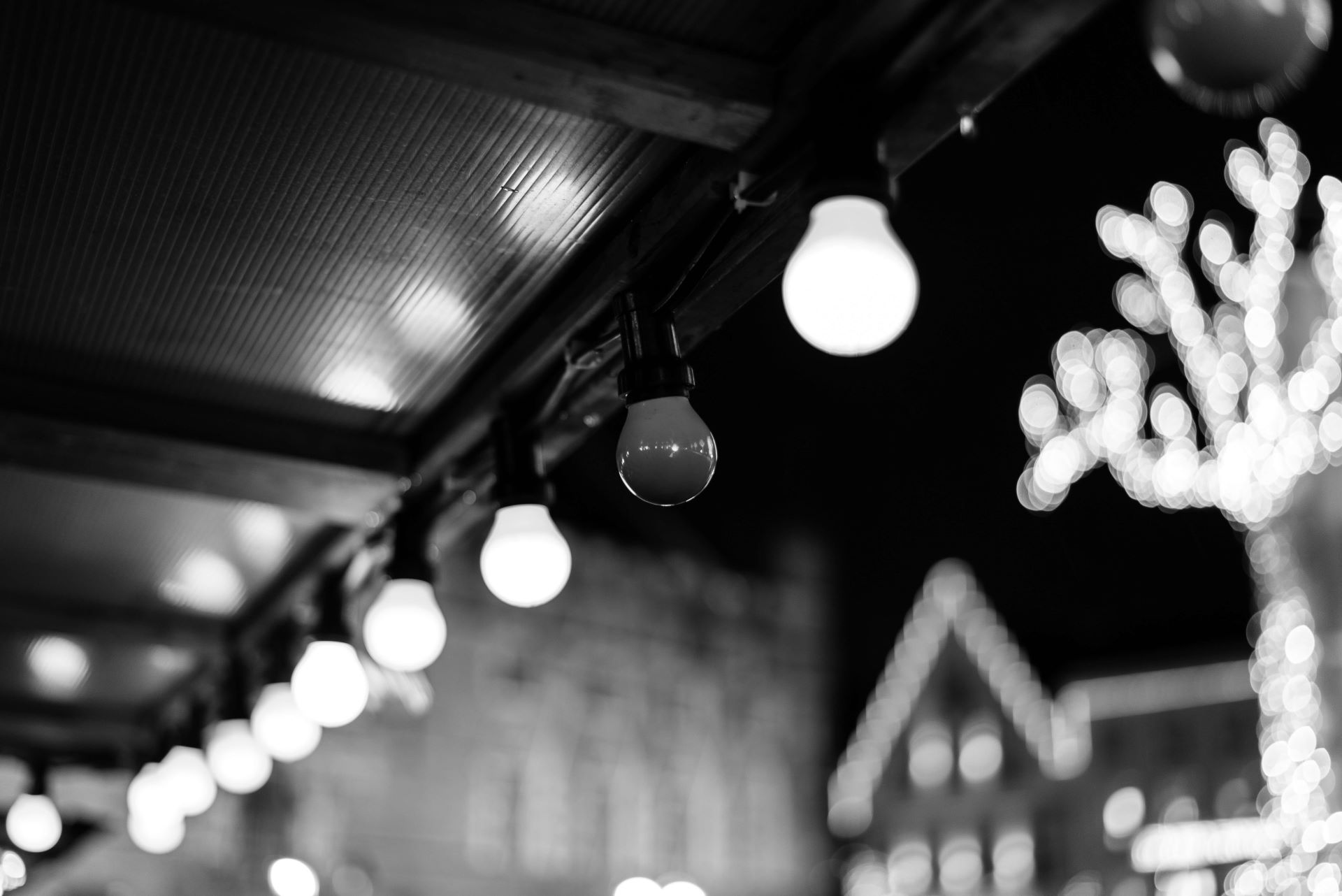LED lighting is slowly taking over the market, quickly replacing all of the previously popular types of bulbs. The reason for this is simple – it’s simply much more energy efficient. This means using it is not only cheaper but also more environmentally friendly. Its growing popularity is therefore not at all surprising. With the cost of living constantly on the rise and the increasingly bigger threat to the condition of our planet, every option that can serve as a solution to both of these problems at the same time is bound to be in demand.
But even though we’ve all heard about such lighting, not many people would be able to say a lot about LED bulb lights and their advantages. In this article, we’ll go over the most important things related to LED lighting in order to understand what exactly makes it stand out.
What is an LED light bulb?
The simplest possible definition of LED light bulbs one may give is probably this: it is a bulb that uses light-emitting diodes (LEDs) to produce light. It’s the exact same process that creates light in any other type of LED lighting – the electric current flowing through the semiconductor causes it to emit light. But while LED strips and tapes along with aluminium profiles can be used to create various new lighting fixtures, we can use LED bulbs as a replacement for the incandescent bulbs in the already existing lighting fixtures. This makes such a transition really easy to make – the only thing we need to invest in are the bulbs themselves.
Why are LED light bulbs worth considering?
Probably the biggest advantage of LED light bulbs, and LED lighting in general, is their efficiency. In order for them to produce the same amount of light that an incandescent bulb would emit, they require a significantly smaller amount of energy. According to some estimates, the difference between their energy consumption may be as high as 75%! And that’s not all – LED bulbs not only use less energy to produce light, their longevity is another point worth noting.
While it is not possible to accurately estimate the working hours of an average LED light bulb, as the number can vary depending on different factors, it’s not unusual for such a bulb to be able to provide lighting for up to 40 000 or even 50 000 hours. And if these numbers are not impressive enough on their own, once compared with an average lifespan of incandescent light bulbs – around 1000 hours – they give you a completely new perspective on their potential.
In LED bulbs the energy is turned into light, not heat – this greatly reduces the temperature and heat other types of bulbs can generate. It also means that there is no need for your bulb to warm up in order to reach its full brightness. You get to enjoy the whole potential of your lighting as soon as you turn it on. Another factor that sets LED bulbs apart is their brightness. While comparing incandescent, CFL, and LED light bulbs of the same wattage, the LED ones will emit the brightest light.
With all of the benefits listed above, along with the lack of the negative impact of LED light technology on the environment, there’s no denying that going LED is a step in the right direction. Granted, the cost of such bulbs may be higher, but if you count in their reliability and longevity, you’ll quickly realise that in the long run, this option is much cheaper than the alternative.
People also ask:
What are LED light bulbs made of?
While the central element of an LED light bulb is a light-emitting LED chip, it’s not the only component worth knowing. Apart from LED chips, it’s worth mentioning a lens used to distribute the light and a heat sink that helps to disperse the generated heat. And when it comes to the casing of a bulb, it can be made either of plastic or glass depending on design and model.
Are LED light bulbs worth it?
This question has only one answer, and it’s a definite yes. The energy efficiency and the lifespan of LED light bulbs make them more than a simple environmentally-friendly replacement for incandescent bulbs, you can actually save a lot of money by using them!




